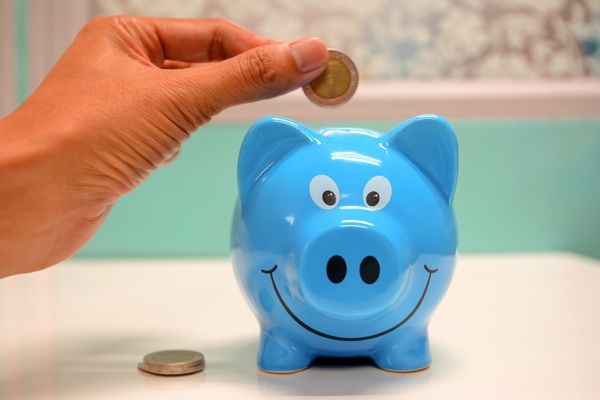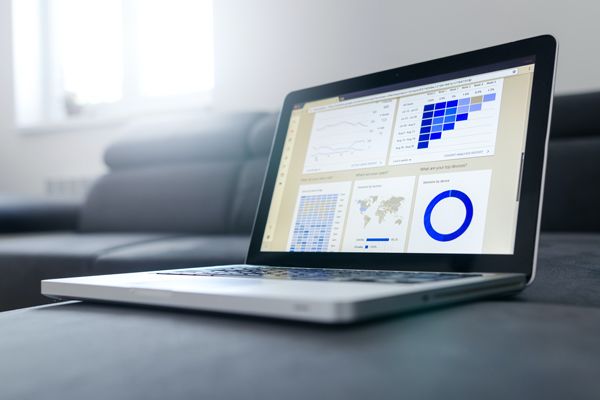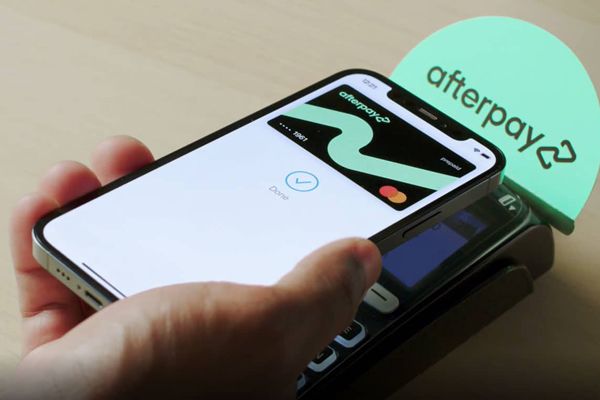With almost a third of Australians indicating they are suffering from financial stress, it’s a more common problem than you might think. Financial stress comes in many forms and to varying degrees, but one of the most common types is staying on top of your bills. For most Aussies, money stresses aren’t about not having enough money, but rather not having enough money at the right time. This is where personal cash flow management becomes critical in reducing your level of financial stress in the day-to-day.
What is cash flow, and how do I manage it?
Put simply, cash flow management is the tracking of money coming in and out of your accounts. Having a clear understanding of these ingoing and outgoing amounts can help you plan better for future financial goals and keep you more secure in a financial emergency.
The best way to track the flows of money in and out of your accounts is to create a cash flow statement. This document follows your sources of income and your total expenses over time, so you can see how much cash you have access to at a particular point in time. We’ve created an easy-to-use cash flow statement template for those starting out on their cash flow management journey. Download it now, it’ll be handy in a moment!
Setting your financial goals

Organising your finances can be an overwhelming endeavour. But setting your goals from the outset is the first step to organising your cash flow. Maybe you’ve realised you're unnecessarily losing money in overdrawn bank and late bill fees, or perhaps you're looking for ways to ensure you’ve got enough access to cash in an emergency. Whatever your financial goals are, write them down and make them visible so as you begin making decisions, you have a clear understanding of what you are orienting towards.
You can’t organise your cash flow without a budget

Effectively managing your cash flow is critical to putting you in control of your money rather than letting it control you. This process starts with a budget.
Okay, so budgeting isn’t the sexiest thing in the world, but reducing financial stress is! Creating a budget gives you an overview of all your incomes and expenses in one place. Here you’ll see all of the things you pay for regularly and tally up how much money you have coming in.
At this stage, take the time to interrogate how much money your household earns and how much it spends. Consider if there are opportunities to build new streams of passive income or if there is an opportunity to cut unnecessary expenses. If you’re looking to learn more about this process, you can read our article on budgeting tips here.
Using your cash flow template
Got your free downloadable cash flow template? You’ll need it for this next part.
Once you have maximised your income opportunities and eliminated all unnecessary expenses with your budget, it’s time to start tracking how money flows in and out of your accounts. In your cash flow template, you’ll need to put in the date, your beginning balance, your income, expenses, bills and how much you put aside for savings. Continue to track your weekly expenses over a month, and you’ll be able to see the weeks where you have more coming in or more going out.
Understanding how money ebbs and flows from your account can give you insights into how to structure accounts, when and how you pay your bills, flag unhelpful trends in your spending and help you track whether you’re reaching your financial goals.
Structuring your bank accounts and expenses

Once you’ve established the money coming in and out, it’s time to structure your accounts in a way that aligns to financial goals. There is no right or wrong way to do this, but ideally you want a process you know you’ll stick to.
Generally speaking, creating a three account structure is a great way to optimise your cash flow management. This involves establishing:
- An everyday account: this for your daily expenses such as food, lunches, coffees and shopping with Cashrewards!
- A bills account: this is where most of your expenses like electricity, credit card, rent or your BINGE subscription would come out from.
- And a long-term savings account: this is where your savings live. Whether you're saving up for a holiday or a new car, this is where you’ll be transferring your funds. You can also make this account your nominated bank account for cashback deposits with us.
Once you’ve established these accounts, the next step is to use automatic transfers and update any necessary banking details with your regular bills. This way, you’ll make sure that your income is automatically distributed into the relevant accounts just in time to cover your scheduled expenses. The most significant way to get on top of your cash flow is by organising to pay your expenses just after you get paid. That way you are prioritising your financial obligations first and can reassess your monthly spending accordingly.
You’ll need to keep watch on things from time to time, but if you’ve got the structure right, it should be something that saves you time and unnecessary stress. If you’re looking for a tool to help manage all your finances, WeMoney helps integrate all your accounts into one place.
When it comes to improving your cash flow, here’s how Afterpay can help

Once you’ve organised your finances and are comfortable with incoming and outgoing money flows, leveraging tools like Afterpay is a great way to help maintain a steady cash flow. Afterpay is a “buy now, pay later” platform that lets you buy something immediately and pay it off over eight weeks.
The enemy of smooth cash flow is large unexpected payments. While you can’t control them in an emergency, you can control them when it comes to upgrading a TV or maybe buying a new bed. Afterpay makes these larger payments even more manageable, breaking them down into easy instalments that won’t affect your ability to access cash in an emergency or when you need it most.
Afterpay is more effective than taking out a loan from a bank because they don’t charge any interest. As long as you make the fortnightly payments (which you will thanks to your new, highly organised cash flow system), you’ll be able to enjoy your product sooner. And to top it all off, Cashrewards and Afterpay work hand-in-hand, so not only can you get access to the products you need sooner, but you can also still receive cashback on your purchase!
Start reducing your financial stress today
When it comes to getting your finances in order, the first step is always the hardest. Our free downloadable cash flow template is designed to make starting your cash flow journey just a little easier.
By taking the time to plan for tomorrow, you’ll ensure you reduce your financial stress in the day-to-day and reach your financial goals sooner.



